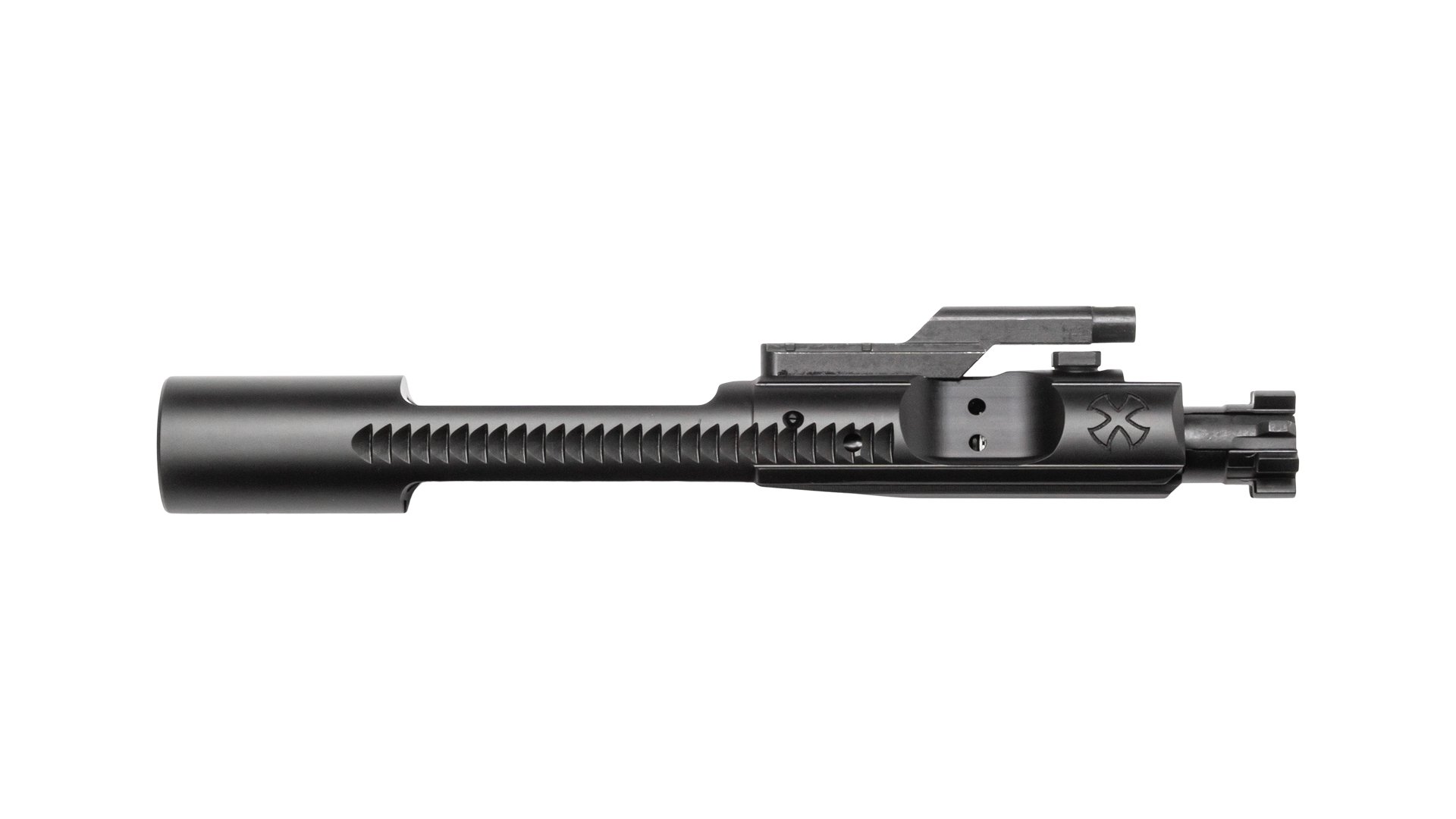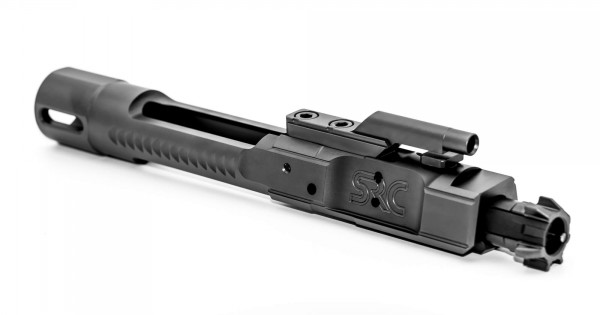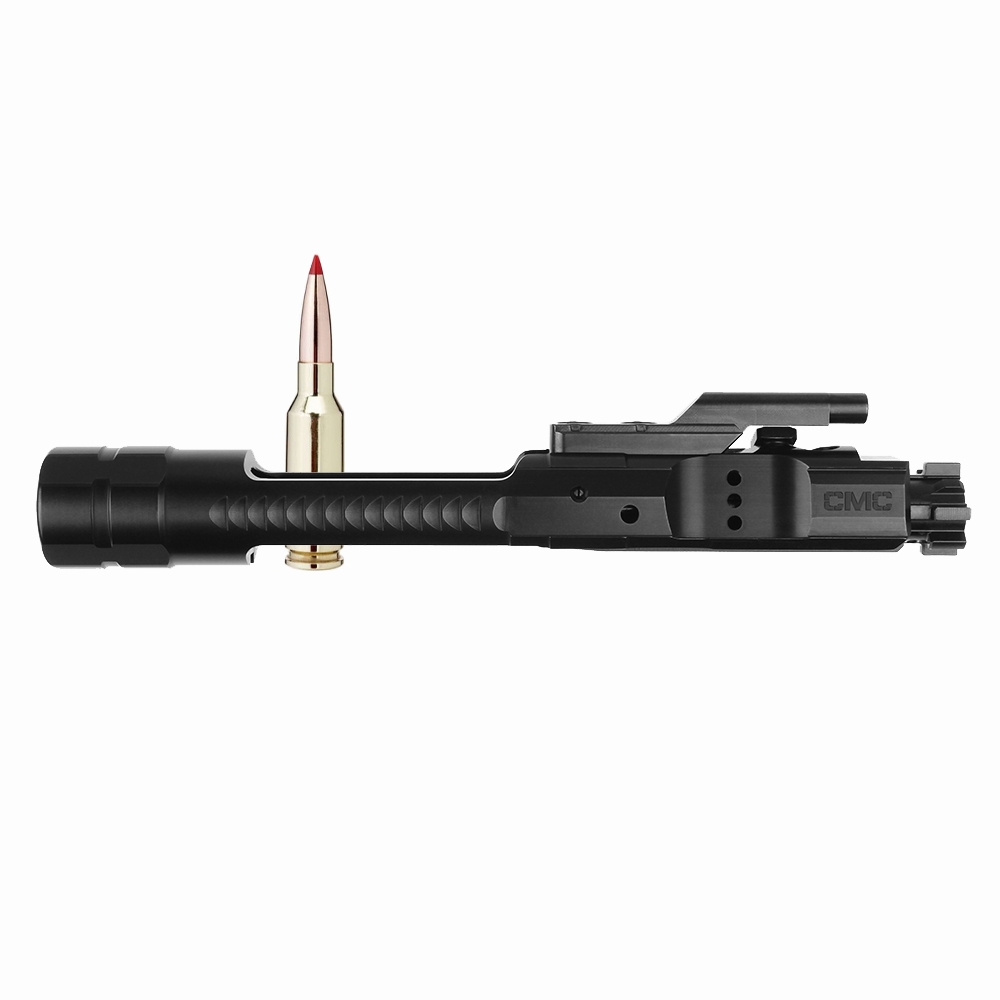One of the issues we saw with the earlier Young’s chrome carriers with the enlarged OD to the carrier rails was sluggish cyclic rate and failure to feed + short stroke malfunctions due to the increased coefficient of friction.
That’s the thing you have to watch out for with “precision carriers” in the AR. Some carrier designs increase the surface area of the carrier rails, which will also increase the coefficient of friction. To get the coefficient of friction back down to the standard carrier value, they make the surface smoother with a highly polished nitride or some other coating.
I usually polish my carrier rails anyway to establish a “worn-in” smoothness from the start.
Mil-Std/TDP upper receivers have a dry film lube baked onto the inside of the carrier raceway to help suspend thick lubricant for longevity of optimum cyclic rate and reliable function, which is one of the most overlooked aspects of making upper receivers in the after-market. They are also held to a very tight tolerance on ID (Inner Diameter) and receiver face squareness.
I participated in a long-term study conducted by a foreign army on AR-15 carrier coatings run in Arctic conditions over 3 years, with high-volume shooting training throughout each year. Temps ranged from 72˚F in the summer down to -22˚F (-30˚C) in the long winter.
We tested standard Mil-Spec BCM, Titanium Nitride, hard chrome-plated, and Nickel Boron carriers. Keep in mind BCM carriers are held to TDP gauge-tested tolerances in the 3 critical bore diameters within the bolt bore, so they are extremely reliable and not representative of the vast majority of carriers in the civilian market. Notice the 3 different IDs here with the initial bolt alignment bore, gas ring compression bore, and bolt tail bore:
Short story was there really wasn’t any performance advantage in reliability with the specialty coatings compared with standard Mil-Spec carriers. All carriers were lubed, so there wasn’t any corrosion observed on the phosphate mil carriers. Some participants felt that it was easier to wipe down chrome, TiN, and NiB carriers, but residual burnished discolorations were the norm on the bolt tail that forms the gas expansion portion of the Stoner Internal Expansion System. That addresses reliability.
For accuracy, the enlarged carrier rail OD should mechanically provide superior lock-up with the bolt, and I believe Les Baer did something similar with his AR-15s, in addition to many other accurizing techniques.
Any time you tighten up the articulating parts, reliability is usually sacrificed so some method to mitigate the tightness needs to be considered. KAC used a FAL-type sand-cut interrupted carrier rail design on some of their carriers for a while. Not sure if they are still doing it. My whole take on carriers is that I want reliability first and foremost.










